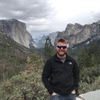Beginners Dive into Astrophotography
I have alway had an interest in space, I can remember the first time that I truly saw the Milky Way Galaxy with my own eyes. This is my 2020 beginner setup.
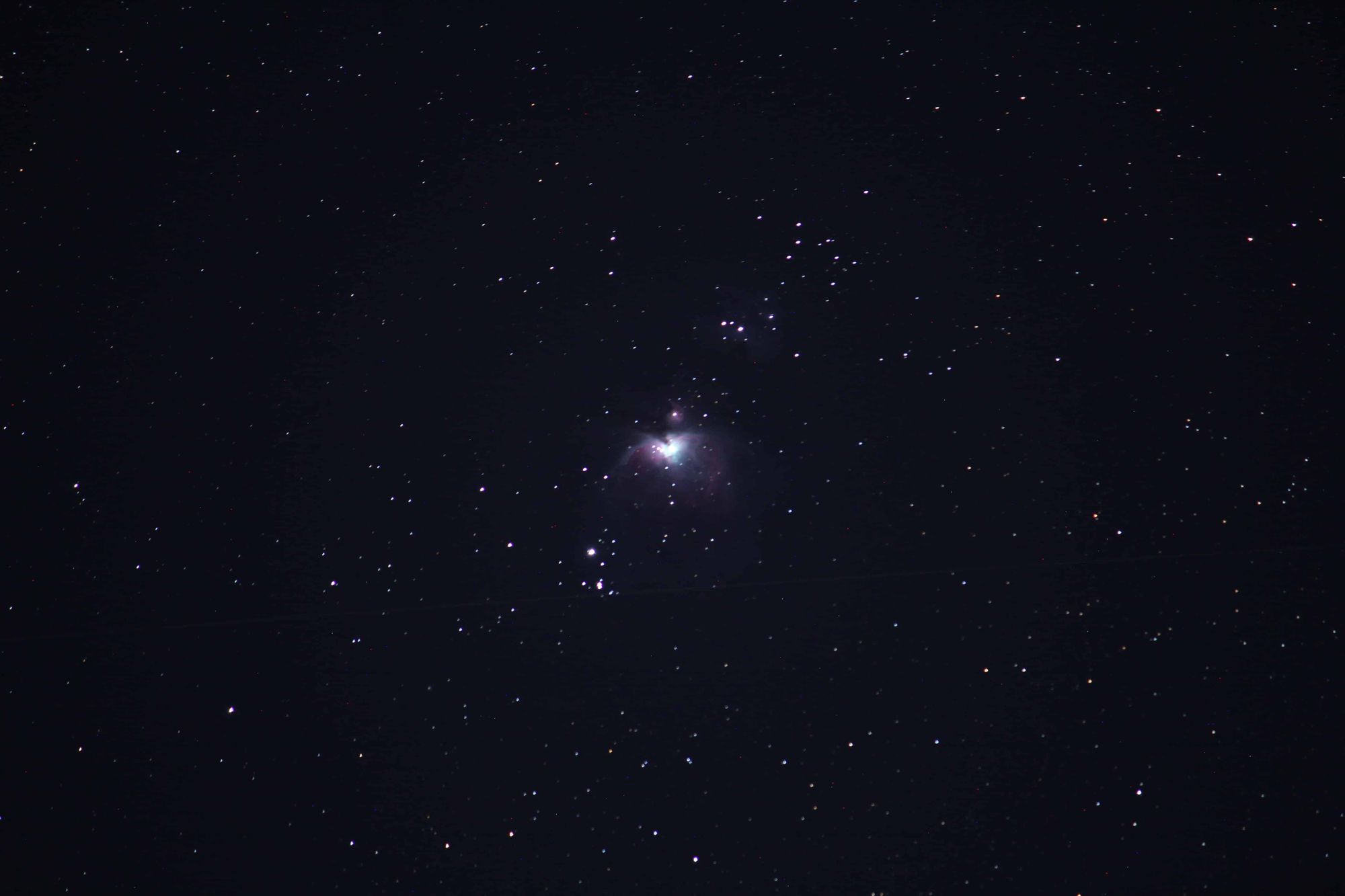
I have always had an interest in space, I can remember the first time that I truly saw the Milky Way Galaxy with my own eyes. It was the summer of 2009 in Afghanistan, and it was the darkest that I could ever remember with zero light pollution since we were observing light discipline (not letting the enemy know where we were exactly). This restarted a desire to see what lay above for me but like all things, life got in the way. However, now seemed like a good time to get started so this is my 2020 beginner setup.
My 2020 Setup:
(Links may be affiliate links)
- Cannon 60D
- Scan Disk Extreme Plus 128 GB SD
- Canon EF-S 55-250mm
- Dew Heater
- Moman Travel Camera Tripod
- Wireless Shutter Release Pixel TW-283 E3/N3
- 2.5mm-C1 Camera Remote Control Shutter Release
- Sky-Watcher Star Adventurer Pro Pack

Lets start with the Cannon 60D, it is unmodified so the IR filter is still installed. Also if you are in the market there are many good deals to be found on ebay which is were I had gotten mine. It only had a shutter count in the low 4,000 which may sound like a lot, but when compared to some that were in the range of 40,000 its not that bad. New this camera is running around $898.95 on Amazon now, I picked up mine for $250. For me I was not ready to purchase a dedicated astrophotography camera and I had found a recommendation on Astrobackyard and so far I am not disappointed. I still have a long journey before I learn how to use it properly.
As for the lens I probably did what would make most cringe. I looked up on Amazon found a 250mm lens that was relatively inexpensive and that was the one I purchased. This lens has a f/4-5.6 so it is not the fastest at light collection but its not that bad either. I am lucky with this one since so far the images that it has produced have not been that bad.
I did learn that I need to add a Dew Heater which at the time of the writing it is I had ordered and was delivered. I have not used it yet while taking pictures but I was curious as to how hot it would get on the highest settings.

For the tripod I was looking for a "Travel Tripod" for a little bit when I found this one. I have a few other options on hand but the Moman Tripod so far has been more stable. The other thing that I like about it is that it can collapse down to just under 14 inches.
The other thing that I use all the time is a Remote Shutter Release. At first I used the Pixel TW-283 E3/N3 all the time. It allowed me to control my long exposures from a distance so that I would not need to touch my camera causing blurred images. Nor would I need to use a timer so that the camera can stabilize after I press the button. I still take it with me as a backup since my mount has a snap port allowing me to use 2.5mm-C1 Camera Remote Control Shutter Release Cable to control my camera from the mount.
Finally the star tracker or mount. When I ordered this based on the description I was expecting the last/older version of the Sky-Watcher Star Adventurer Pro Pack, but the current version showed up.
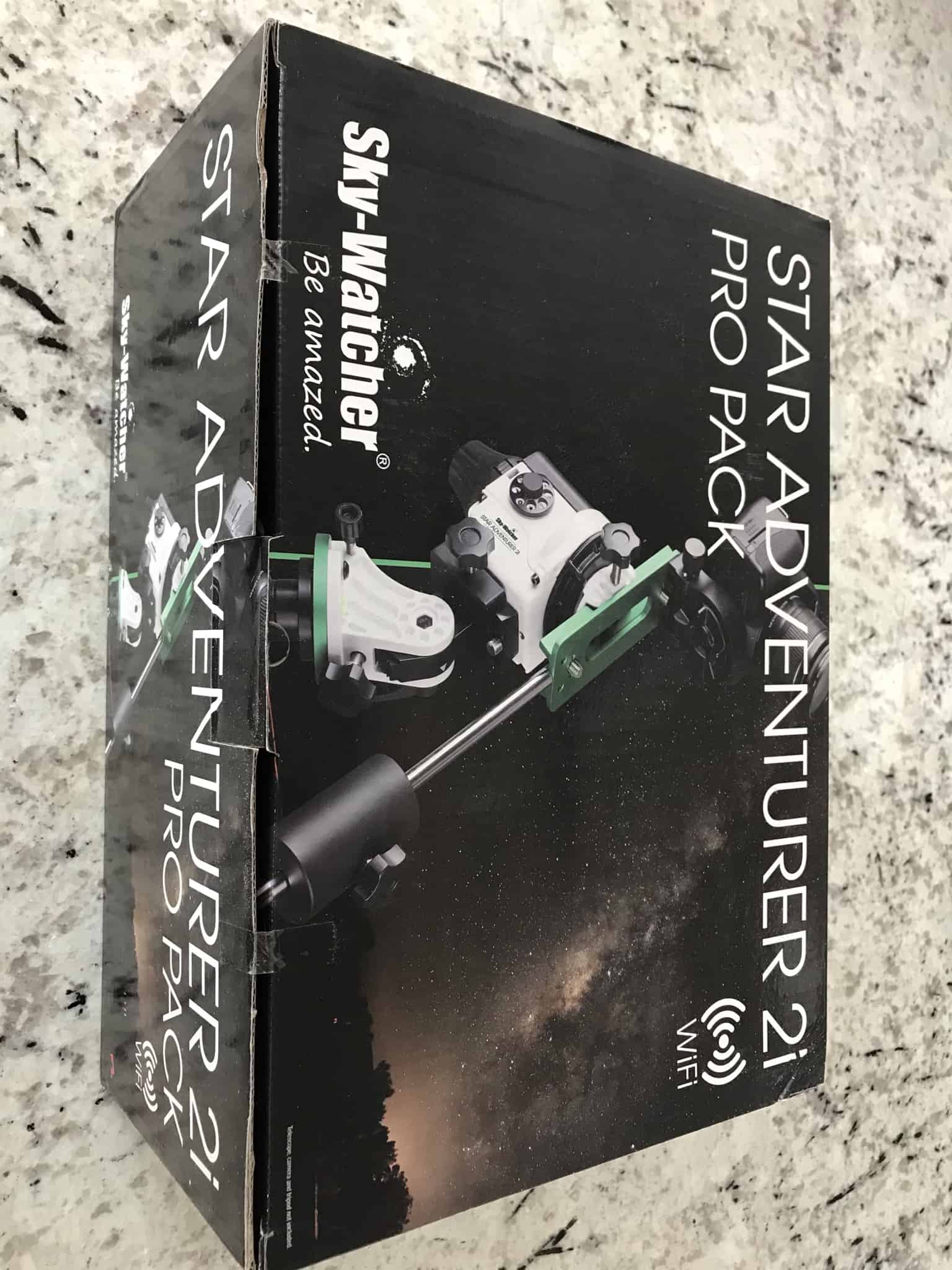
I am not complaining since there looks like there was a price increase with the new version and I paid the old price. So now that I have a tracker I am now able to take longer exposure shots 30-60 seconds compared to my 2 seconds without.
Without a Tracker 60 second exposure:
With a Tracker 60 second exposure:
The main difference between the two versions is the latest now has WiFi built in. This allows me to change some basic settings within the mount, control the shutter of the camera if connected, and polar align the mount.
Astrophotography settings:
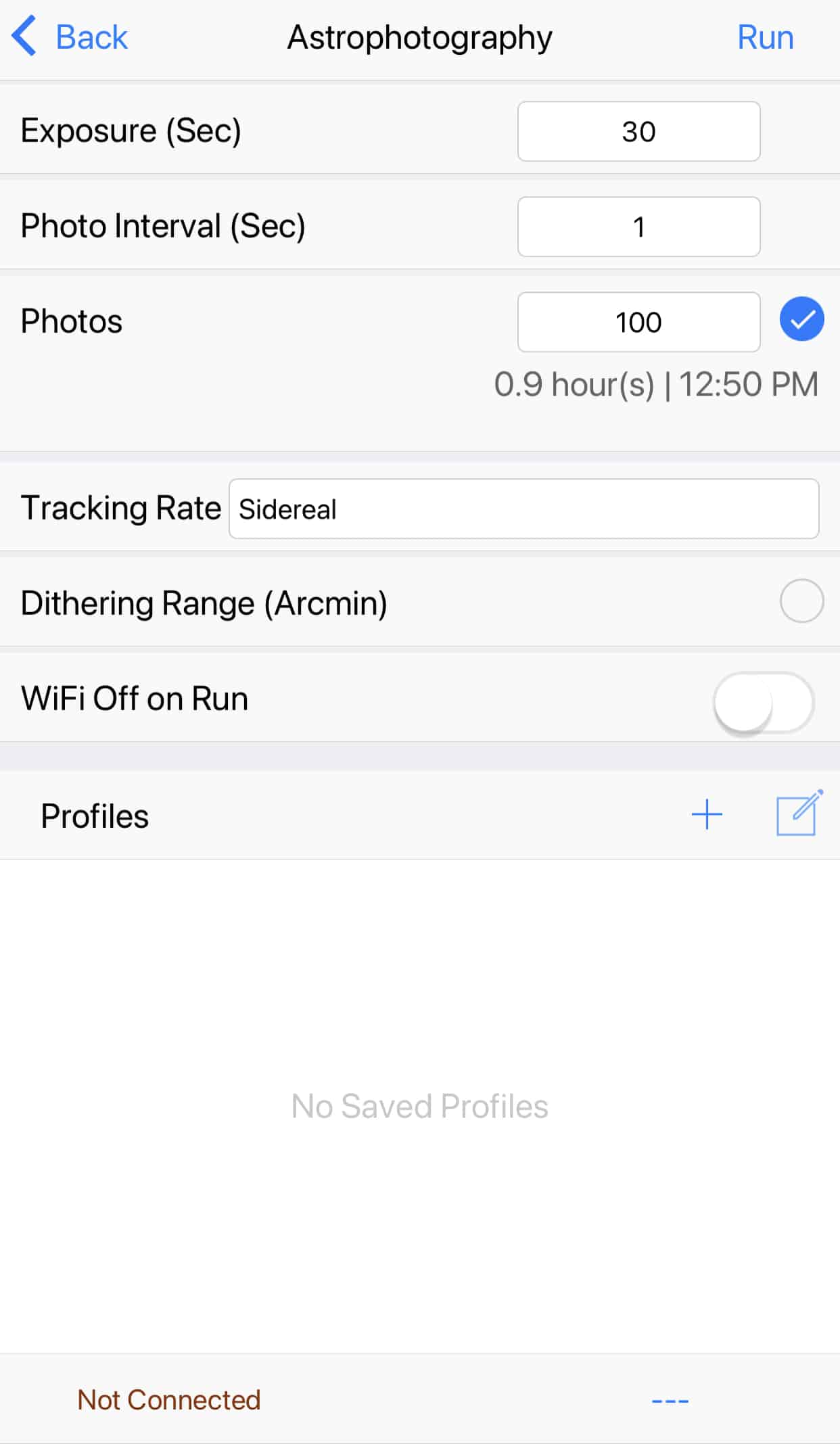
Polar Aline:
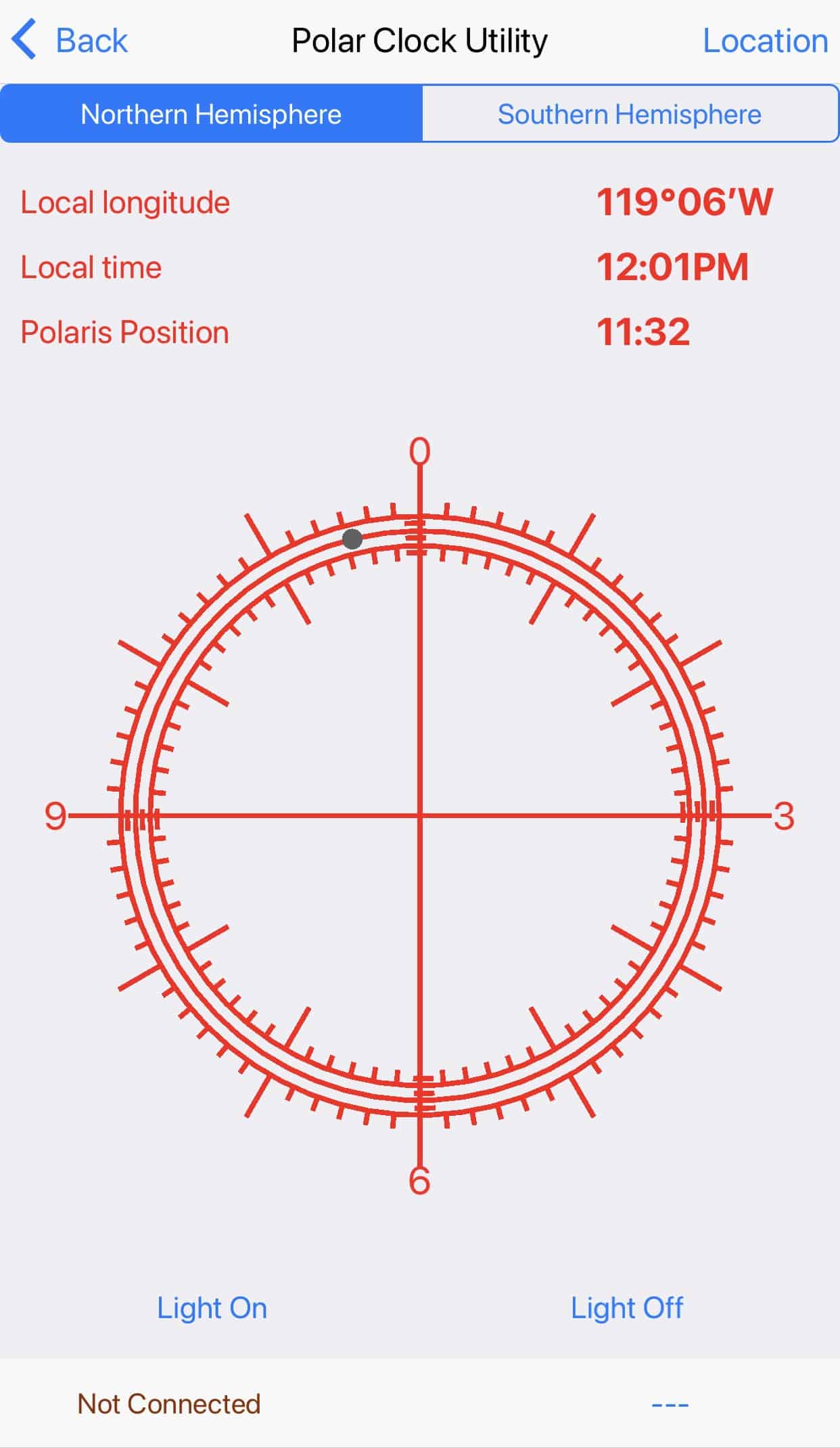
These were both taken during the day and the app has a night mode. The app is simple to use, but the only real complaint with the app is that it losses connection to the mount often. Luckily this does not impact the over all operation and so far it just takes a minute to get my phone connected again. So it is a super minor complaint that is easily worked around.
Conclusion:
This is a good start to what I hope is a long term exploration of this hobby. Also I am planning to purchase a small telescope in the near future and maybe some filters to help with the light pollution. The other thing that I have seen others starting had purchased a GoTo mount and that allows them to find objects in the sky easier. However, I did not want to do that, I wanted to learn how to see the sky and find the objects without the aid of computers. That being said I do use software to plan my nights and I am still working out which I like. Other than that I hope this helps or gives a starting place.
